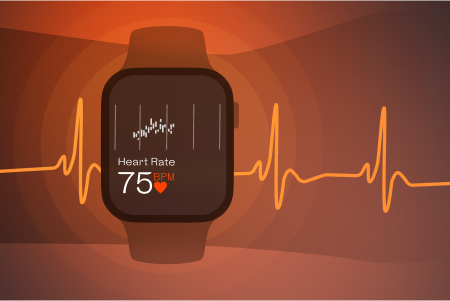


Welltory — All-in-One Wellness App.




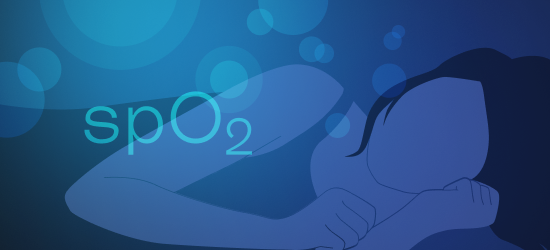
One essential factor that affects the quality of our sleep is blood oxygen saturation. Monitoring and maintaining optimal blood oxygen levels during sleep is vital for various reasons, which we’ll explore in this article. We’ll also discuss practical tips on how to improve blood oxygen levels while you snooze. So, let’s dive right in!
Blood oxygen saturation, commonly known as SpO2, refers to the percentage of oxygen-carrying hemoglobin in the blood. Adequate oxygen levels are necessary for maintaining proper bodily functions, and the normal SpO2 range for healthy persons is between 95% and 100%
Scientific evidence shows that suboptimal blood oxygen levels during sleep can result in a host of issues, such as impaired cognitive function, reduced energy levels, and weakened immunity. Furthermore, consistently low blood oxygen levels have been linked to an increased risk of cardiovascular diseases and other serious health conditions.
Maintaining optimal blood oxygen levels during sleep is crucial for several reasons:
Cellular Repair and Regeneration: While we sleep, our bodies undergo various restorative processes, including cellular repair and regeneration. Adequate oxygen supply is essential for these processes to occur efficiently.
Energy Production: Oxygen is a vital component in the production of adenosine triphosphate (ATP), the primary source of cellular energy. Low blood oxygen levels during sleep can lead to reduced energy production, causing daytime fatigue and drowsiness.
Sleep Quality: Poor blood oxygen saturation can disrupt sleep architecture, leading to fragmented sleep and reduced time spent in the restorative stages of sleep, such as deep sleep and rapid eye movement (REM) sleep.
Cognitive Function: Chronic sleep disruptions due to low blood oxygen levels can impair cognitive function, negatively affecting memory, attention, and decision-making.
Sleep apnea is a serious sleep disorder characterized by repeated interruptions in breathing during sleep. These interruptions, called apneas, can last from a few seconds to over a minute, and they can occur hundreds of times a night. When breathing is interrupted, the level of oxygen in the blood (oxygen saturation or SpO2) can drop significantly, resulting in a condition known as intermittent hypoxia. This recurrent drop in blood oxygen levels can have severe consequences for one’s health and well-being.
Get Welltory
for better sleep
Get Welltory
for better sleep
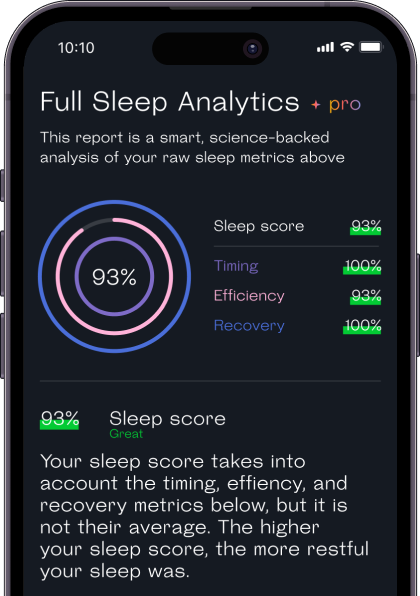
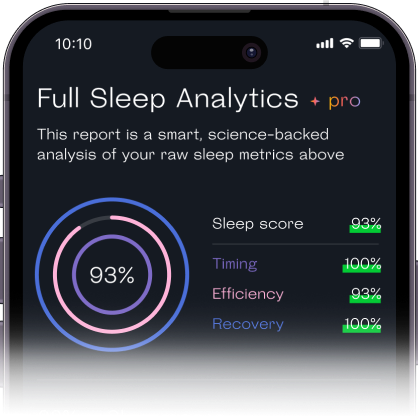

There are three main types of sleep apnea, each with unique causes and effects on blood oxygen levels:
Obstructive Sleep Apnea (OSA): The most common form of sleep apnea, OSA occurs when the muscles in the back of the throat fail to keep the airway open during sleep, despite the effort to breathe. This leads to a partial or complete blockage of the airway, causing a temporary cessation of breathing and a consequent drop in oxygen levels.
Central Sleep Apnea (CSA): This less common form of sleep apnea is characterized by a lack of respiratory effort due to the brain’s failure to send appropriate signals to the muscles that control breathing. In CSA, the airway remains open, but the absence of respiratory effort results in reduced airflow and oxygen levels[.
Complex Sleep Apnea Syndrome (CompSAS): Also known as treatment-emergent central sleep apnea, CompSAS is a combination of both OSA and CSA. People with CompSAS may experience fluctuations in blood oxygen levels due to the presence of both types of apneas.
Cardiovascular complications: Repeated drops in blood oxygen levels can lead to increased blood pressure, heart rate variability, and inflammation, increasing the risk of hypertension, heart attacks, and strokes.
Cognitive impairment: Studies have shown that chronic intermittent hypoxia can negatively affect cognitive functions such as memory, attention, and executive function.
Metabolic disturbances: Sleep apnea and the resulting intermittent hypoxia have been linked to insulin resistance, glucose intolerance, and an increased risk of type 2 diabetes.
Daytime sleepiness and fatigue: The disrupted sleep caused by sleep apnea can lead to excessive daytime sleepiness, reduced alertness, and impaired quality of life.
There are several treatment options available to manage sleep apnea and improve blood oxygen levels during sleep:
Continuous Positive Airway Pressure (CPAP): The most common and effective treatment for OSA, CPAP involves the use of a machine that delivers a constant flow of air through a mask, keeping the airway open and ensuring adequate oxygen levels.
Adaptive Servo-Ventilation (ASV): A specialized form of positive airway pressure therapy, ASV is designed primarily for the treatment of CSA. The device adjusts the airflow based on the individual’s breathing patterns, ensuring adequate oxygen levels throughout the night.
Lifestyle changes: Weight loss, regular exercise, and avoiding alcohol and sedatives can help improve sleep apnea symptoms and maintain healthy blood oxygen levels.
Positional therapy: For some people, especially those with mild OSA, simply changing sleep positions (such as sleeping on the side) can help maintain an open airway and prevent drops in oxygen levels.
Oral appliances: Dental devices that reposition the jaw and tongue can help
Welltory, as a health and wellness app that focuses on tracking and analyzing various health metrics, can play a significant role in helping you manage sleep apnea and maintain optimal blood oxygen levels during sleep. Here’s how Welltory can be helpful and useful in this context:
Monitoring sleep patterns: By tracking sleep duration and quality, Welltory can help you identify trends and potential disruptions in your sleep patterns. This information can be valuable for those who suspect they may have sleep apnea or other sleep-related issues.
Integrating with wearable devices: Welltory can sync data from wearable devices, such as fitness trackers and smartwatches, that come equipped with built-in pulse oximeters. This integration allows you to monitor their blood oxygen levels during sleep and observe any significant fluctuations that may indicate sleep apnea.
Assessing stress and energy levels: Welltory’s ability to measure and analyze stress and energy levels can help you understand how your sleep quality and blood oxygen levels are impacting your overall well-being. By identifying correlations between sleep, blood oxygen levels, and daily functioning, you can make better-informed decisions about your lifestyle choices and sleep habits.
Offering personalized insights and recommendations: Based on the collected data, Welltory can provide tailored insights and suggestions to help you improve your sleep quality and blood oxygen levels. These recommendations may include adjustments to bedtime routines, sleep environments, and exercise regimens.
Encouraging lifestyle changes: Welltory’s comprehensive approach to health and wellness can support you in adopting healthier habits, such as regular exercise, stress management, and proper nutrition, all of which can contribute to improved sleep quality and blood oxygen levels.
Facilitating communication with healthcare professionals: Welltory allows you to export your data, making it easier for you to share your health metrics, including blood oxygen levels and sleep patterns, with healthcare providers. This feature can aid in the diagnosis and treatment of sleep apnea and other sleep-related disorders.
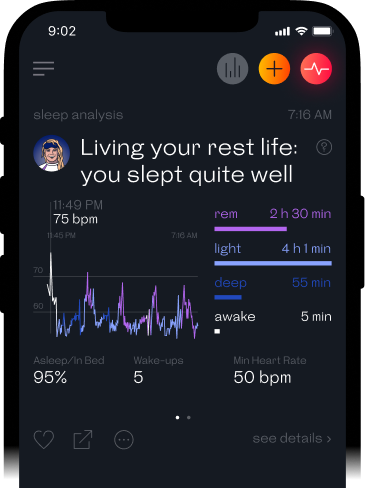
Understanding the importance of blood oxygen levels during sleep is crucial for maintaining overall health and well-being. By being aware of the factors that can impact oxygen saturation, such as sleep apnea, you can take proactive steps to monitor and address any potential concerns. Welltory can provide you valuable insights into your sleep patterns, blood oxygen levels, and other health metrics. Make informed decisions about your sleep habits, seek appropriate treatments when necessary, and ultimately improve your sleep quality and overall health.
Welltory Team, 18 Mar. 2023
 App Store
App Store
 Google Play
Google Play
 Huawei AppGallery
Huawei AppGallery
 Galaxy Store
Galaxy Store

